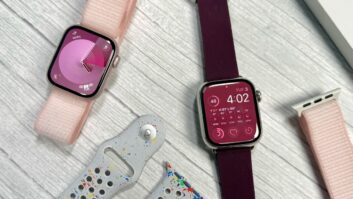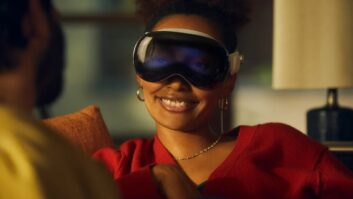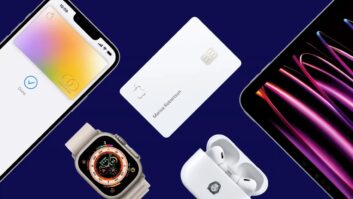TWICE: What impact do you think Apple’s switch to iOS 6 and to the Lightning connector will have on aftermarket sales?
Anderson: As we’re seeing, there will be a bridge period before new solutions emerge, but we realize that users will choose the method that best fits their situation, whether that is to keep their existing iPhone, use head units with aux inputs, or use the Lightningto- 30-pin adapter cable to play music. As we all know, Apple is a company that continually innovates. We will continue to look for ways to utilize the improvements they make to their products and determine how to best incorporate them into the in-vehicle experience.
Lehmann: The iOS operating system overall accounts for about 31 percent of all smartphones being used in the U.S. in 2012. Among customers owning an iPhone, not everyone has an iPhone 5 or has switched to iOS6, and among those customers, not all wish to push video into their in-dash receiver. Dealers need to carefully qualify these customers to find out exactly how they want to handle their audio and video content in the car.
The point here is that customers will only be discouraged if they feel they are truly limited in their ability to operate their iOS6 device in a manner to which they are accustomed. Some customers will be disappointed and might compromise — others will seek solutions elsewhere. In the meantime, mobile electronics suppliers need to aggressively develop firmware updates to improve connectivity with the iOS6 and promptly deliver these to dealers. And dealers need to stay informed on the most recent developments. Every brand has a different degree of compatibility with iOS6, and the situation changes often.
Rougas: Apple’s switch to the new Lighting connector has caused a number of manufacturers to rethink their “go-forward” strategy and smartphone-integration road map, and we’re looking for ways to quickly overcome the compatibility issues at hand. Pioneer engineers are working as fast as possible to bring iPhone 5 compatibility with our past, current and future products. Having said that, we believe that Apple’s conversion to an all-digital platform will pay greater dividends in the long run and will create opportunities to connect with a broader range of smartphone users.
We believe that some consumers will be discouraged until manufacturers resolve the iPhone 5 video-compatibility issues. However, we believe that our higher-end models offer convenient and more advanced features that consumers do want, and it’s always been a part of our strategy to build in features that are well-balanced and not too reliant on one key platform or technology.
Gharapetian: The issues related to iOS6 are unfortunately not confined to aftermarket products as many OEM systems have experienced issues. In both cases, our industry is working hard to address the issues and in several cases (for connected units), software fixes have taken care of or will take care of the problems. Related to the Lightning connector, we also believe that accessory providers are working towards digital connectors with versatility and affordability in mind. If history is any indication, iOS6 problems will soon be forgotten, and the new Apple connector will quickly become the new standard to adhere to when designing and manufacturing new products.












